FUE
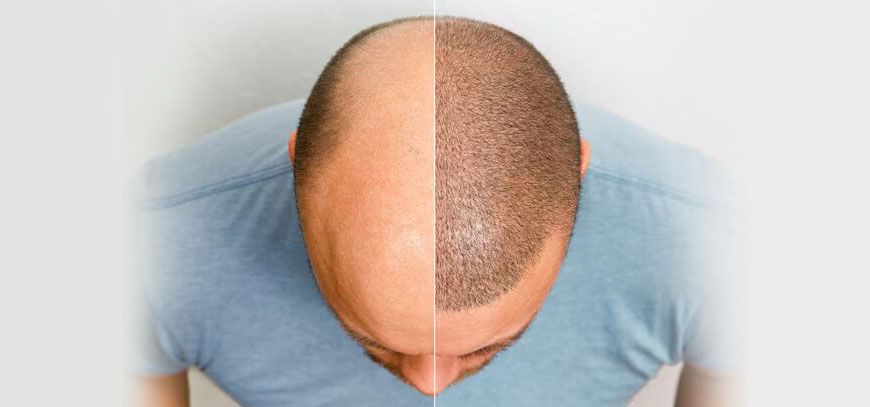
FUE Hair Transplant - Redefining Natural Hair Restoration in Bangalore:
At Livglam Hair Transplant Clinic in Bangalore, we offer cutting-edge hair Follicular Unit Extraction (FUE) techniques revolutionising the hair restoration industry. In order to achieve smooth and natural-looking results, our expert staff carefully selects individual follicular units (containing 1-4 hairs) from areas of dense hair development and strategically implants them into thinning or balding areas. Our FUE technology guarantees a pain-free and effective surgery for our valued clientele with minimal scarring and no stitches required.
What is FUE Hair Transplant?
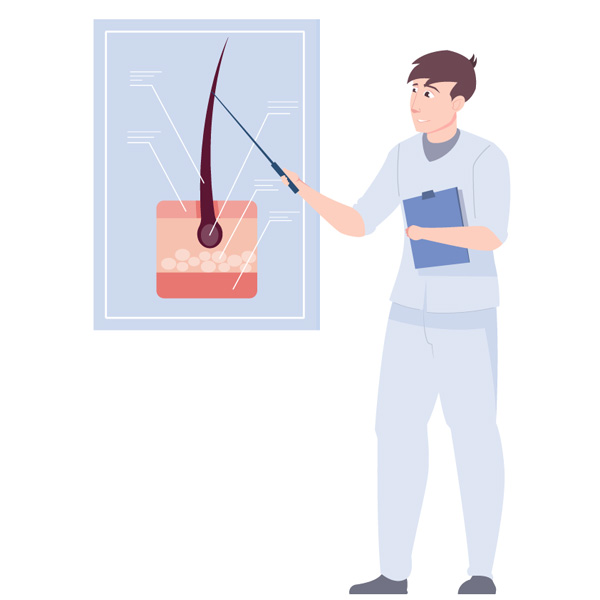
Hair Follicular Unit Extraction (FUE) is a groundbreaking procedure designed to revolutionize the field of hair restoration. FUE offers a more sophisticated way for obtaining outcomes that are natural-looking, have outstanding coverage, and last far longer than other techniques like follicular unit transplantation (FUT).
An FUE hair transplant essentially entails the precise removal and implantation of individual hair follicles, guaranteeing minimum interference with your hair's natural shape and development pattern. Using this cutting-edge method, our accomplished surgeons can selectively choose and remove follicular units with 1-4 hairs from the donor area, which is often found in the rear of the scalp where hair development is dense.
How does hair follicular unit extraction work?
Here’s a step-by-step guide to how FUE procedure is done at Livglam hair transplant clinic in Bangalore:
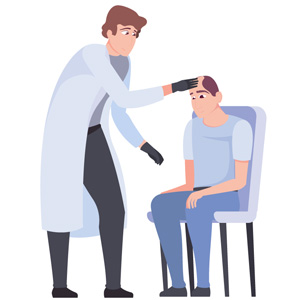
Step 1: Consultation is the first step in getting a FUE Hair Transplant
Before scheduling your treatment, you must first plan a consultation with one of our hair transplant experts. This provides you the opportunity to initially meet them, go over your medical history, and discuss your hair loss. Further, they analyze the scalp texture and assess the suitability for Hair Transplant.
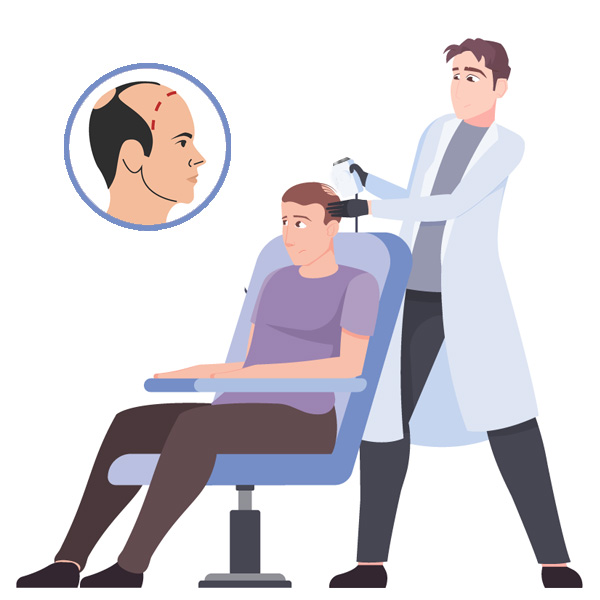
Step 2: Scalp Preparation
This process may require a clear scalp, which means it could be necessary for you to shave as the day of your treatment draws near. A shaved head enables your hair transplant surgeon to limit transaction rates and replicate the angle and direction of native hair. It could be possible to do an unshaven or partially shaved hair transplant on some people. You can discuss and make a decision on this in step 1
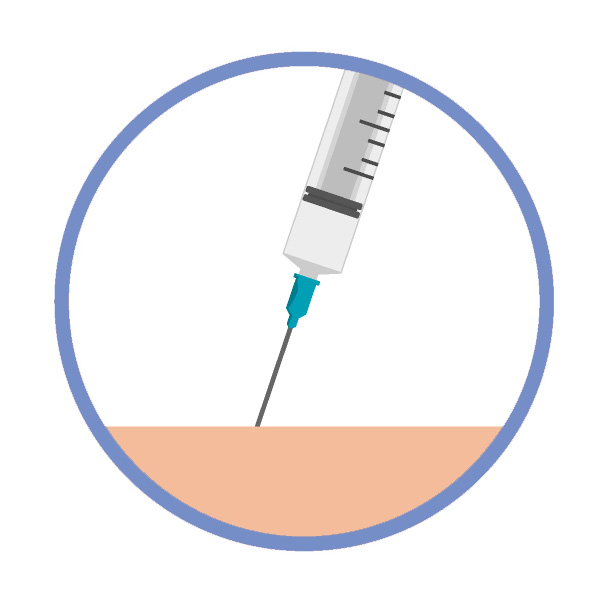
Step 3: Anesthesia
A local anesthetic will be carefully applied to your scalp in this step of the treatment to ensure a pain-free and comfortable experience throughout the extraction and grafting of your hair follicles.
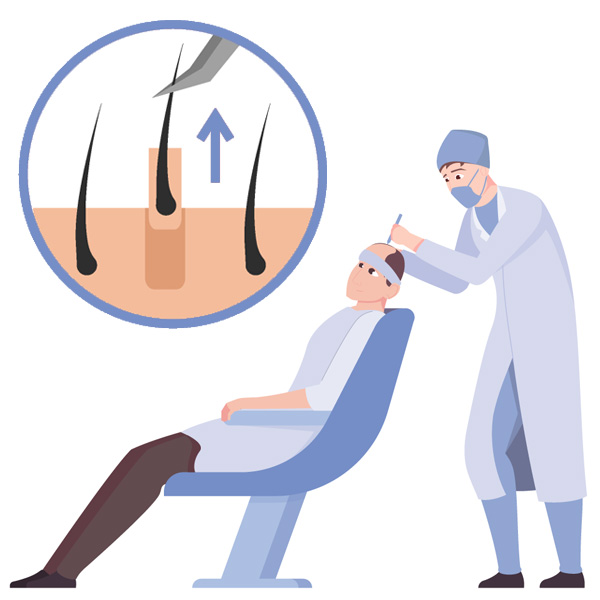
Step 4: Precise Extraction of Follicular Units
Our expert surgeons use a specialized punch equipment with varied diameters, during the essential process of follicular unit extraction. The tool precisely punctures the skin beneath the surface, around each hair follicle. Fine forceps are used to carefully remove the hair follicle bulb, which is then placed onto a special glass tray with the aid of a strong magnifying glass. The extracted follicles are meticulously preserved in a specially formulated solution until the extraction procedure is completely finished in order to maintain ideal conditions of hydration, temperature, and humidity.
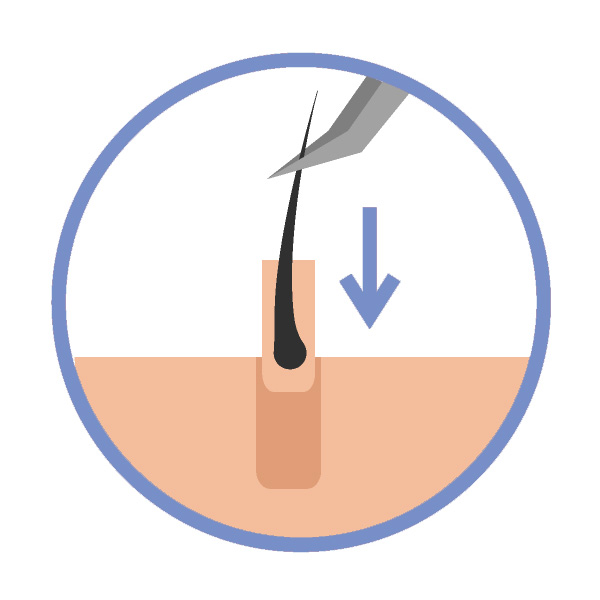
Step 5: Methodical Implantation of the grafts
After the completion of the extraction process, our surgeons carefully inspects the extracted grafts. They meticulously examine each graft, evaluating which ones are appropriate for transplantation and which ones would not satisfy the required standards, with the highest precision. Gradually, the grafts are divided into groups according to characteristics like thickness, bulb size, and the amount of hairs, ensuring the best possible variation for the most natural-looking outcomes customized especially for each patient.

Step 6: Aftercare and Follow up
Our surgeon will bandage your head and give detailed aftercare instructions when the FUE hair transplant operation is successfully done. It is important to follow these instructions, which include avoiding touching the newly transplanted hair grafts for the first 3 days and refraining from wearing any headwear. Spraying the new follicles every 30 minutes will help promote maximum healing by preventing scabs and keeping them moist. You will also be given medication by our surgeon, which you must take as directed. The donor location usually heals in 5-7 days, during which time any initial redness or swelling ought to go down. A routine follow up may be advised to evaluate the healing process and make sure everything is going as planned.
What are the pros and cons of FUE Hair Transplant?
- Use of automated devices for swift and superior hair transplant that speed up the procedure and contribute to better outcomes
- Significantly lesser amount of discomfort compared to other procedures
- Being less invasive, the downtime in this method is minimal with faster recovery rate.
- The risk of infection is significantly lower with FUE compared to any other traditional treatments
While FUE has pros, its graft production may be limited by the size and density of the donor area, possibly yielding fewer grafts than any other procedure. Furthermore, the competence and proficiency of the surgeon are closely related to graft vulnerability and quality, underlining the significance of skillful execution.
Frequently Asked Questions:
The size of the bald area that needs to be transplanted determines the hair transplant cost in Bangalore. The cost of a hair transplant varies depending on the patient and a number of other criteria that are taken into account before undergoing the surgery. Livglam is the greatest facility for hair loss treatment because of its low cost, high quality, and guaranteed results.
As our FUE method is carried out under local anesthesia, there will be very little discomfort during the surgery. Patients typically only feel mild discomfort or pain, which can be controlled with prescribed medication.
Recovery times for individuals may vary, however most patients may return to their normal routines a week after the treatment. The newly transplanted hair may initially shed, but within a few months, fresh hair growth will start.
Yes, the results are permanent because the transplanted hair follicles are frequently resistant to balding. However, it's important to note that existing hair loss in other areas may progress over time, requiring further treatment or maintenance.
The extent of hair loss and the intended result are two criteria that affect how many sessions are necessary. Our specialists will evaluate your unique needs at the initial session and offer a tailored treatment strategy.
Procedure Time:
- 4-8 Hours
Full Recovery:
- 4-5 Days
Anesthetic:
• Local
Results:
• 2 to 3 Months
Back to work:
• After 3 days
Risks:
• Infection, Bleeding
* Individual results and reactions may vary.
